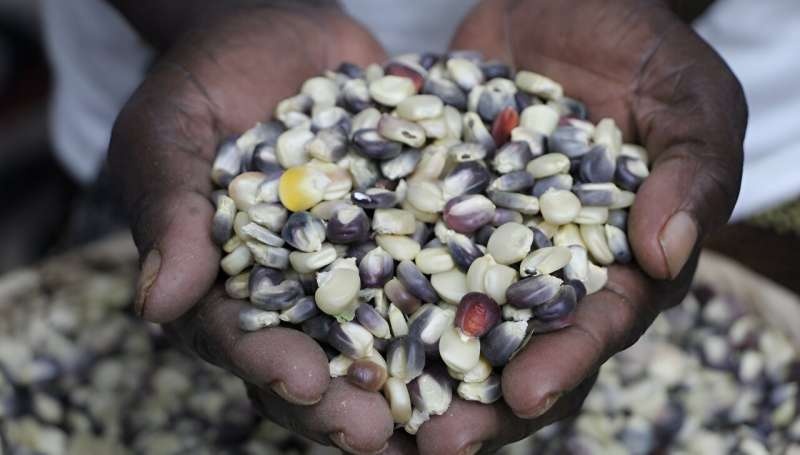An ongoing seed bank initiative — driven at the community-level — in Zambia is supporting smallholder farmers in preparing for the impacts of climate change, by protecting their food security and sustainability. This grassroots initiative supported by the Adaptation Research Alliance, is a perfect example of how local solutions can build resilience against global threats.

Empowering Local Voices
These projects recognize that climate change is a problem best solved when it is locally determined by the people most impacted. Close partnerships with local organizations, such as the Women’s Life and Wellness Foundation have enabled the Adaptation Research Alliance to provide targeted funding and support for Zambian smallholder farmers.
Farmers themselves, like Mary Dimba, have been part of the decision-making on even the most fundamental elements — where to place those warehouses exactly and whether they should be owned by local government or non-profit; what seeds are stored in them for establishing as new crops. In this way, these solutions are community driven leading to a more customized solution for the specific challenge at hand and thus driving greater ownership and longer term sustainability.
Revitalizing Traditional Seed Systems
Zambian farmers have grown thousands of locally adapted seed varieties for centuries, but in some others the systems have deteriorated due to modernization and misguided government policies. The seed bank aims to restore this biodiversity and ecological resilience, allowing for farmers to access the seeds which will ultimately allow them keep the control of their work despite climate variability.
With the establishment of community-managed seed banks, farmers like Mary can now borrow and replenish seeds on an as-needed basis, providing them with a better long-term strategy than expensive, imported varieties that may not even be well suited for their farms. This not only helps them adapt to secure their food, but it is also a broader way of climate adaptation because these seeds are better adapted to changing conditions.
Conclusion
The Zambian seed bank initiative is a powerful illustration of the way locally driven community organisations can plant seeds for climate resilience. Not only is the project increasing food security, sustainability and seasonal dietary diversity by giving smallholder farmers choices in their seed systems; it’s also helping frontline voices be heard on what changes in thinking and practice could put an end to climate chaos. As the world tackles the pressing problems of a warming planet, efforts such as this provide a light at the end of the tunnel, illustrating how grassroots action can yield real results.
